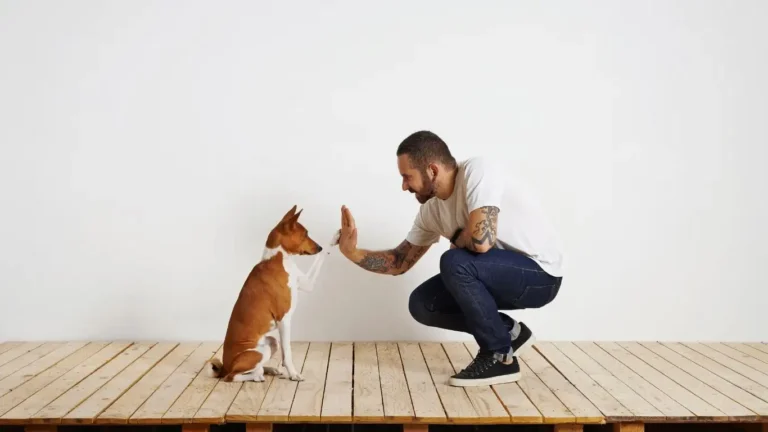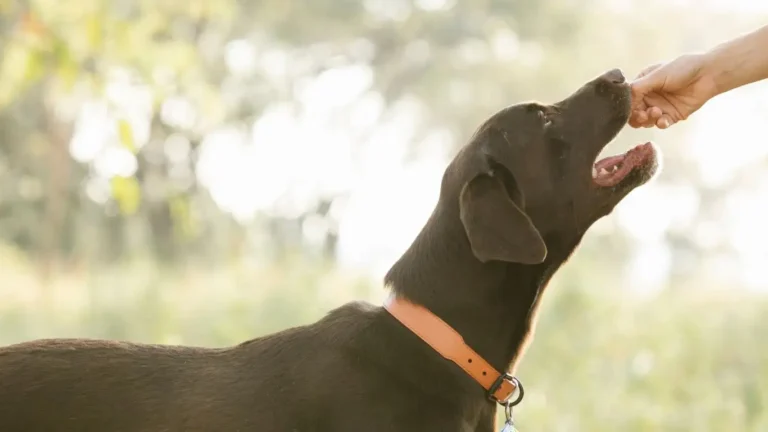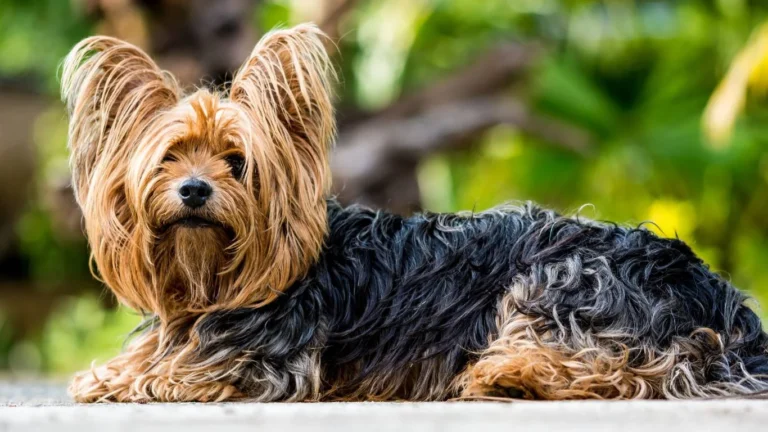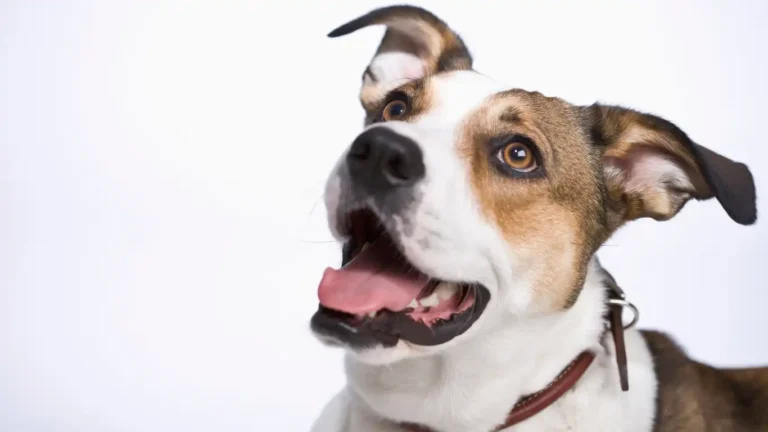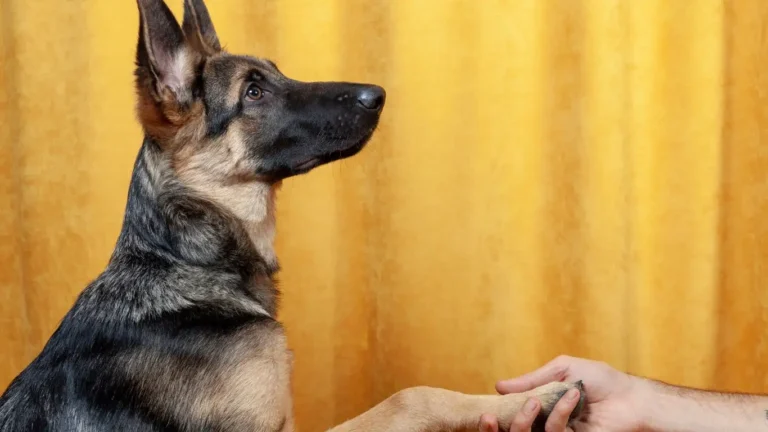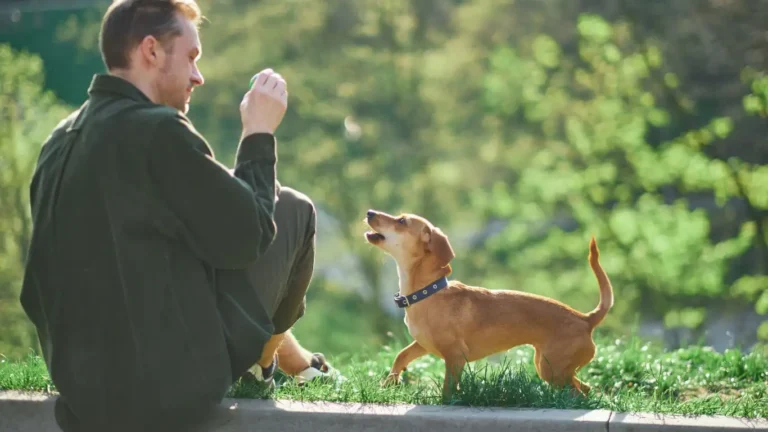How to Train a Dog to Relax at Coffee Shops: Effective Tips for Success
If you’ve ever dreamed of sipping your favorite latte while your pup chills calmly at your feet, you’re not alone. As a Canine-Assisted Therapy Trainer, I’ve spent years helping dogs and their humans master the fine art of public poise. And today, we’re diving deep into something super specific (but super common): how to train a dog to relax at coffee shops. It’s not just about obedience—it’s about helping your dog feel confident and comfortable in a space that’s filled with people, smells, clinking cups, and random “aww, can I pet your dog?” moments. Spoiler alert: yes, it’s absolutely doable, and yes, it’s incredibly rewarding when done right.
Understanding the Real Challenge
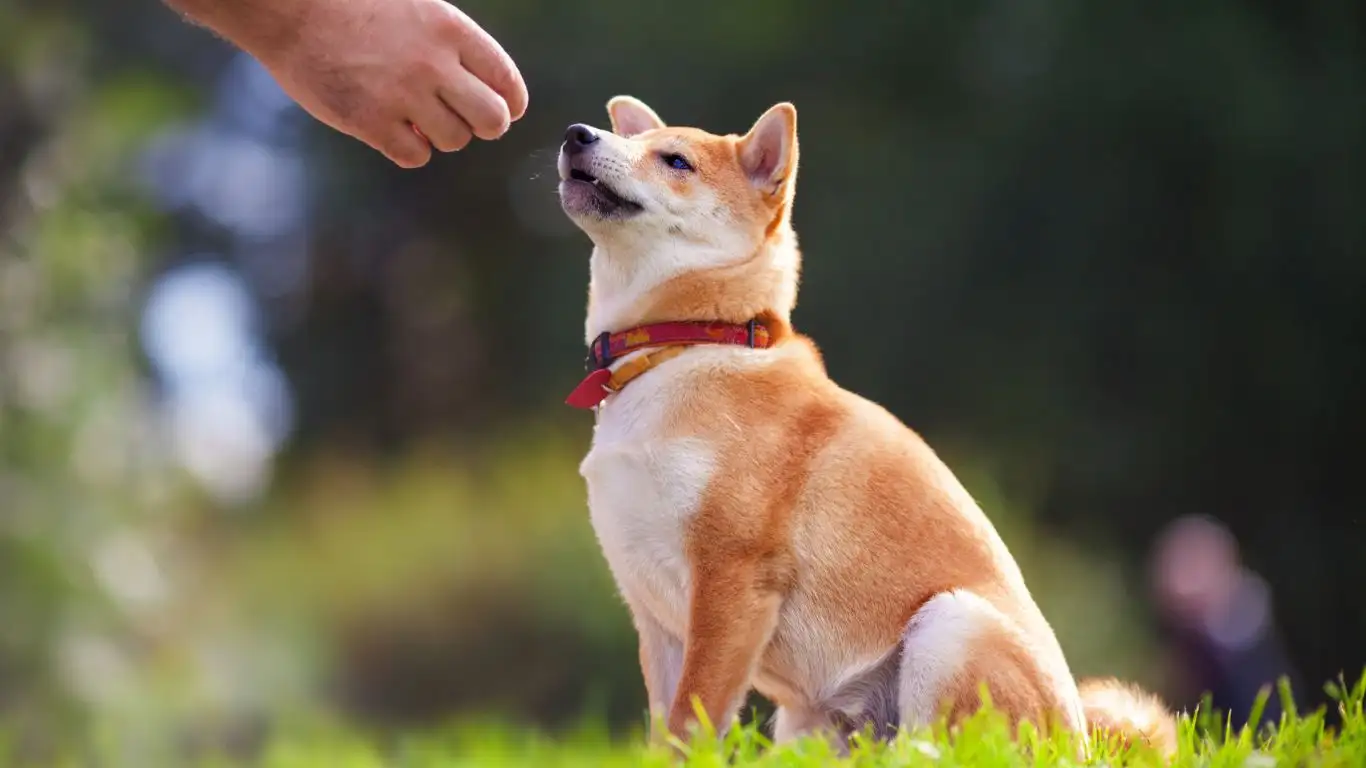
This isn’t just about teaching your dog to “stay.” Training a dog to relax in a high-stimulation environment like a café involves emotional regulation, impulse control, and trust. I always say: if your dog can handle a coffee shop, they’re ready for almost anything. There’s a lot going on—barking dogs, espresso machines that sound like jet engines, and random toddlers running around with croissants.
Many pups walk into these environments feeling like they’ve entered a circus. So the first step is recognizing that this is hard stuff for them. That alone will change how you approach training—more patience, more empathy, more rewards.
Start With the Foundation Work at Home
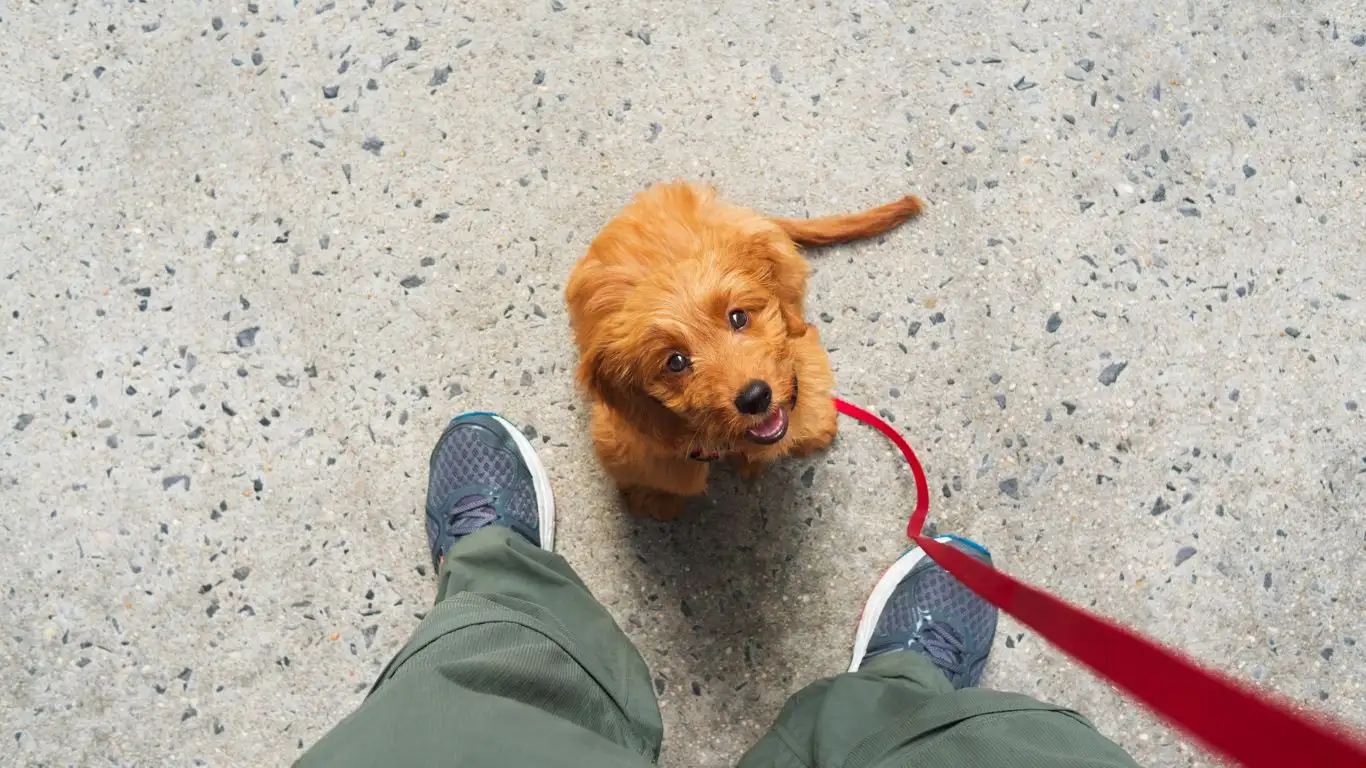
Conditioning Calm Behaviors
Before you ever think about heading to your neighborhood café, start by rewarding relaxed behaviors at home. This means praising your pup for lying quietly on their bed, chewing calmly on a toy, or just chilling while life goes on around them. I like to use what I call the “invisible reward method.” Basically, any time my dog is being calm without being asked to, I quietly toss a treat near them. No fanfare, no cue, just reinforcing that chill vibes = good things.
Introduce a Settle Mat or Blanket
One of the biggest game-changers for me has been using a designated mat or blanket. Think of it as your dog’s portable relaxation zone. This item becomes a consistent visual cue for “this is where I chill.” Here’s how I usually do it:
- Pick a lightweight mat that’s easy to carry with you.
- At home, teach your dog that the mat = calm. Start with short sessions.
- Use a cue like “settle” or “place” and reward your dog for sitting or lying calmly on it.
- Gradually increase the distractions—TV noise, family chatter, maybe a vacuum in the background.
Once your dog can relax on that mat in a semi-chaotic home environment, they’re on their way to coffee shop readiness.
Desensitization: Bringing the Outside World In
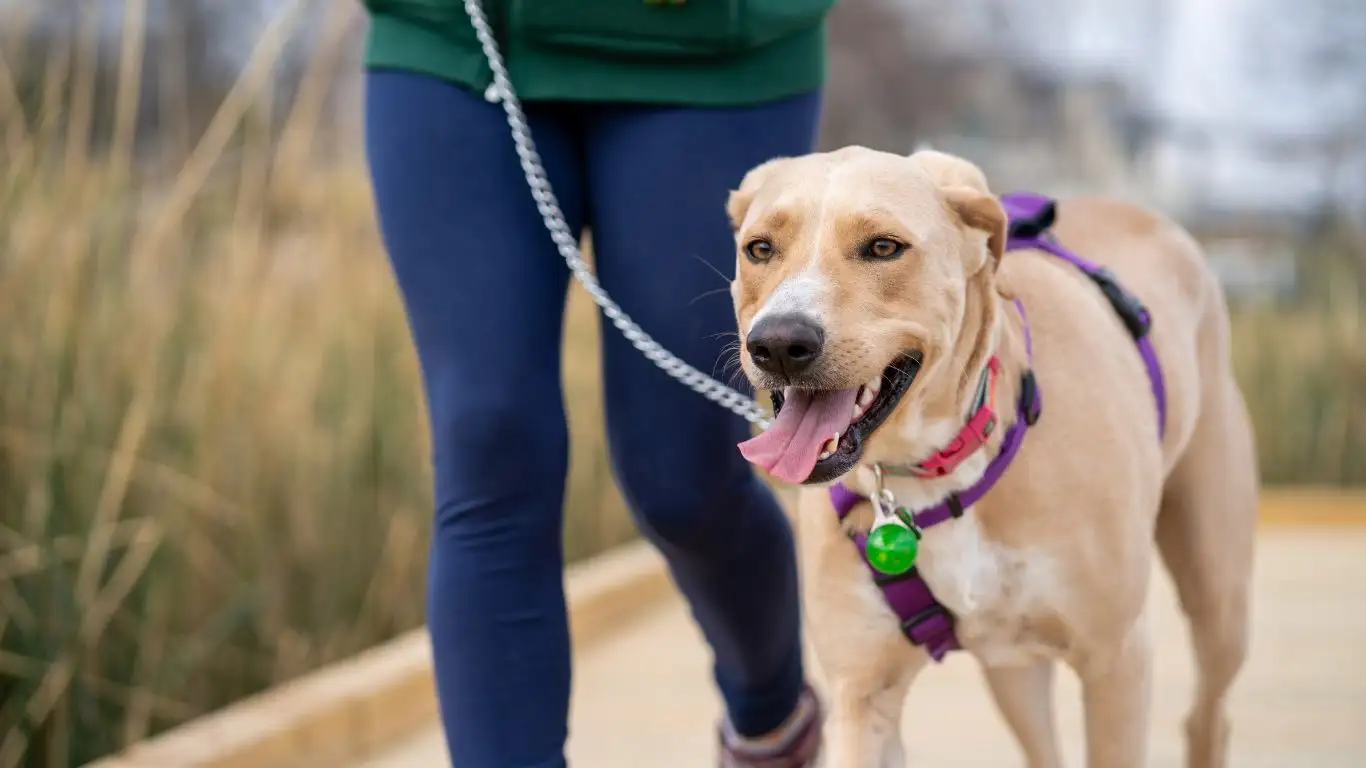
Okay, here’s where we start to bridge the gap between your living room and your favorite espresso bar. Gradual desensitization is everything. You don’t throw your dog into the deep end on day one—you work your way there.
Simulate Café Sounds and Smells
Something I’ve found super useful is using YouTube to play café ambiance sounds while training. Seriously, just look up “coffee shop background noise.” Pair it with scent cues like brewed coffee or pastries (yes, your house will smell amazing). This sensory exposure helps your dog get familiar with the types of stimuli they’ll encounter.
Practice in Controlled Public Settings
Before your pup sets paw in a busy coffee shop, try practicing outside pet-friendly stores, on quiet café patios during off-peak hours, or even in your car near a café. Reward calm behavior heavily. Don’t worry if it’s slow-going—some dogs need several sessions just sitting in the parking lot before they’re ready to go closer.
- Use high-value treats—think soft, smelly, irresistible.
- Short sessions at first (5-10 minutes max).
- Leave on a good note. If they settle for even a few seconds, reward and head out.
Remember, dogs don’t generalize well. Just because your dog can stay calm at home doesn’t mean they’ll do the same surrounded by strangers slamming laptops shut and dropping forks. That’s why this slow buildup matters.
Knowing Your Dog’s Limits (and Personality)
Here’s where I’ll get real: not every dog is a café dog. And that’s okay. Some breeds and personalities just don’t love being around unpredictable human energy in tight spaces. One of my client’s dogs, a high-energy Aussie named Benny, could handle agility trials no problem—but completely unraveled when a baby cried three tables over at the café. We worked with him for months and eventually decided the park was more his jam. And guess what? That was the right choice for *him*.
So be honest about your dog’s comfort level. Pushing them too fast or too far can backfire. Look for signs of stress like:
- Yawning (when they’re not tired)
- Excessive licking or drooling
- Pacing or inability to settle
- Sudden barking or jumping up
All of these are your dog’s way of saying, “Hey, this is a bit much.” And as a trainer—and a fellow coffee lover—I say: respect that. There are always alternatives and ways to work at your dog’s pace.
Stepping Into the Coffee Shop: The First Few Visits
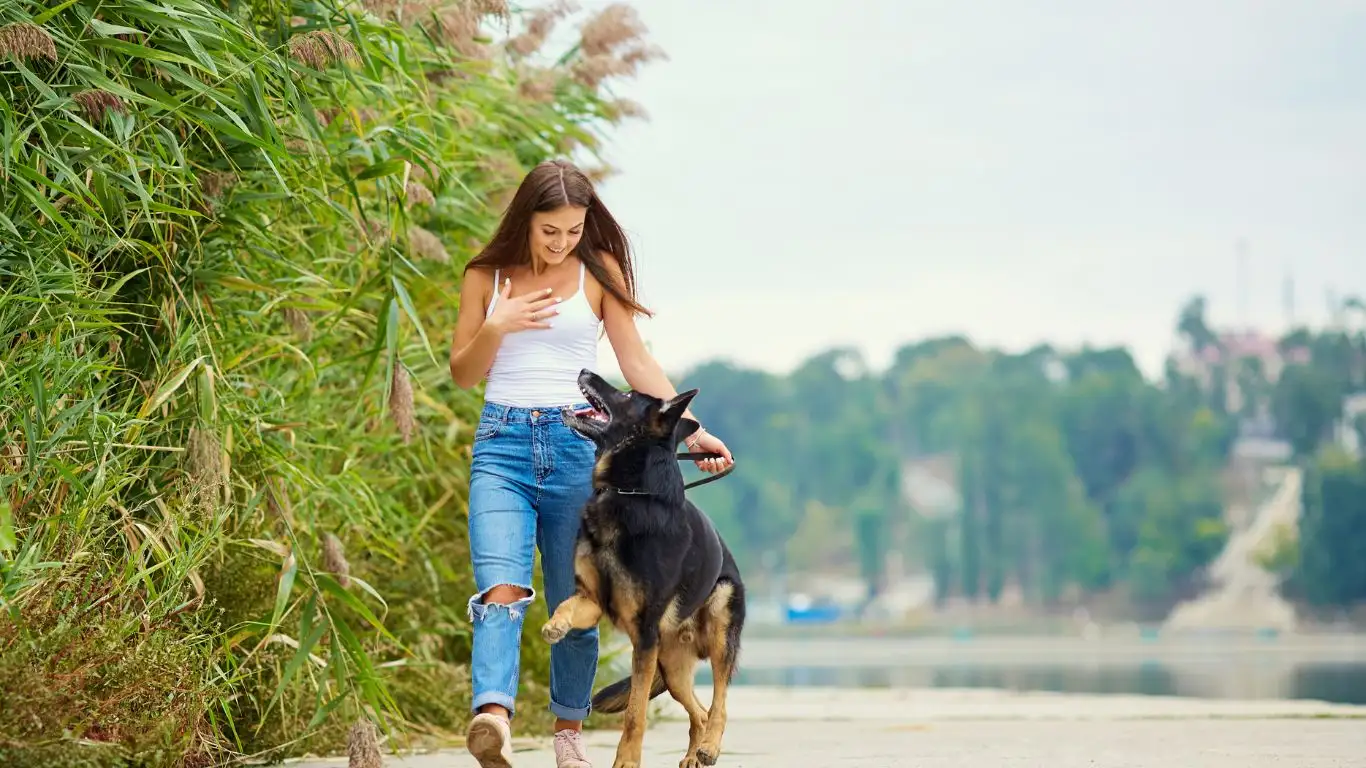
So, the time has come. You and your dog are ready for that first café visit. You’ve worked on foundational skills at home, you’ve practiced in public spaces, and now you’re ready to see how your pup does in the real deal. But here’s the thing—don’t rush it. This part can be tricky, especially if your dog is easily distracted or nervous.
My personal recommendation is to pick a time when the café isn’t too busy. If it’s a quiet weekday morning or a late afternoon, you’ll have fewer distractions. This makes it a little easier for your dog to get used to the new environment without the added pressure of a full house.
Bring All the Essentials
Before you step foot in the café, make sure you’re equipped. You don’t need a whole arsenal, but a few things are non-negotiable:
- High-value treats: These are your secret weapon. Bring treats your dog loves—something extra special that they don’t get at home.
- Leash and harness: A comfortable and secure harness is essential for control, and it’ll help your dog feel more secure.
- Mat or blanket: Yes, that same mat you’ve been working on. This will be their go-to space in the café.
- Water and bowl: Hydration is key, especially if you’re staying a while.
Having these essentials will make your training experience more effective and less stressful. It’s kind of like being a parent at a playdate—organization is half the battle!
Building Confidence with Positive Reinforcement
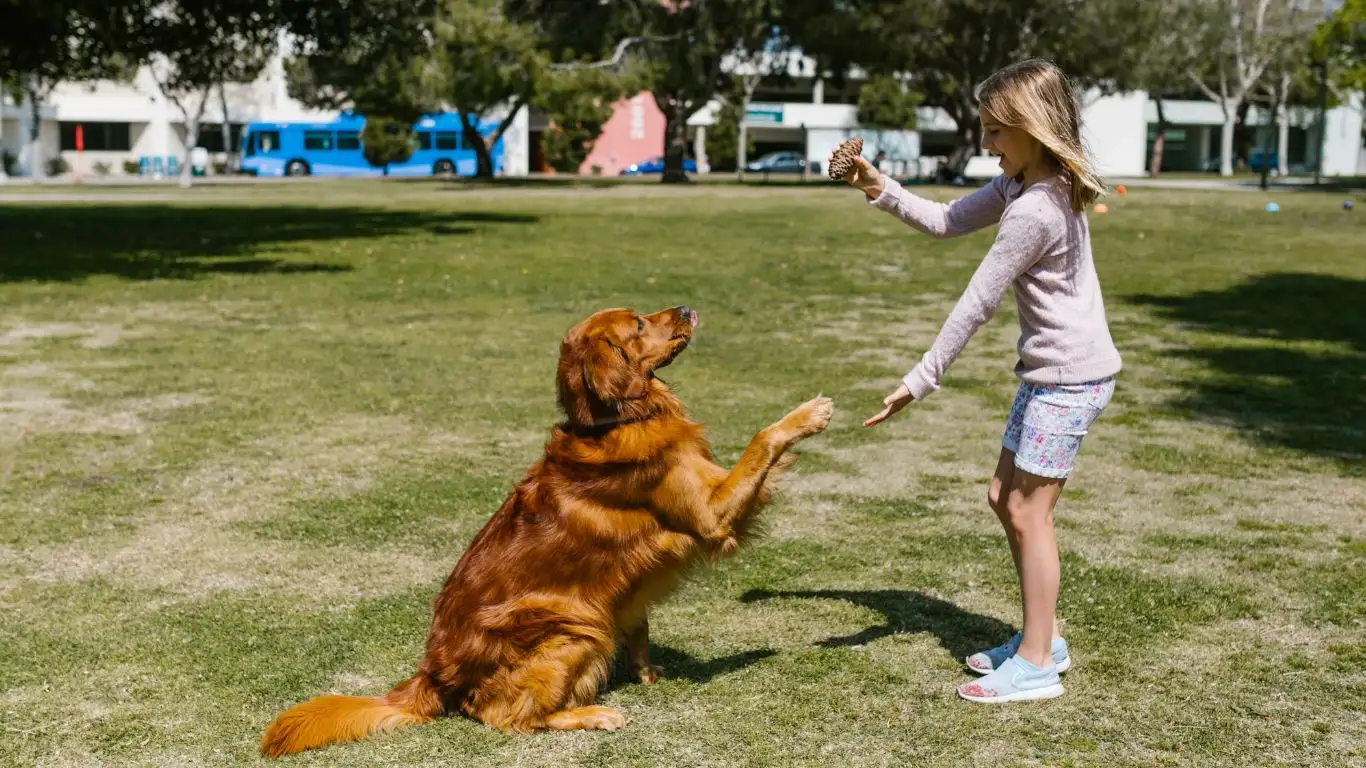
Here’s where the magic happens: positive reinforcement. Whenever your dog exhibits calm behavior, *reward them immediately*. And I mean immediately. Dogs connect the dots better when they get the reward right after the behavior you’re praising. For example, if your dog lies calmly on their mat, they get a treat, a pet, or some verbal praise (“Good job, buddy!”).
It might seem repetitive, but trust me, consistency is key. The more you reward calmness, the more your dog will associate the coffee shop environment with good things. It’s a win-win!
Stay Calm Yourself
One thing I’ve learned in my years of training is this: dogs can sense your emotions. If you’re tense, your dog will be tense. If you’re stressed, your dog might feel that anxiety too. I’ve worked with countless pet owners who come into these situations with nerves, and the dogs pick up on it right away. It’s so important to stay relaxed yourself. Take a few deep breaths, and remember, this is a training session, not a competition.
When you stay calm and composed, it sends a message to your dog that there’s no reason to worry. After all, you’re their rock in these new situations.
Handling Distractions Like a Pro

Okay, so here’s the real test: distractions. Coffee shops are full of them. Between the noise, smells, and people, it’s like sensory overload for your dog. This is where your training really shows its worth.
Start Small: Focus on Low Distractions
On your first few visits, try to stay in an area with less foot traffic or noise. I know, it’s tempting to sit right in the middle of all the action to show off your dog’s progress, but trust me—it’s better to start on the quieter side of the café. Less chaos means more success.
When you first arrive, take a moment to get your dog settled on their mat. Don’t rush into ordering your drink. Settle in, focus on your dog, and wait until they’re comfortable before you even think about pulling out your phone or chatting with the barista. Your dog will be looking to you for cues on how to behave, so the calmer you are, the calmer they will be.
Gradually Increase Distractions
As your dog becomes more comfortable in this environment, start adding more distractions. Maybe there’s a dog walking by, or someone drops their coffee cup. Gradually increase the level of difficulty, but always keep it manageable. If your dog starts to get overstimulated, dial it back. This isn’t a race—it’s about setting your dog up for success, not failure.
- If they get distracted, gently guide them back to their mat and offer a reward for focusing.
- If they stay on their mat for a minute or two without fussing, praise them and give them a treat.
- If they get too excited or anxious, take a short break outside to reset before returning to the café.
The goal here is to teach your dog that they don’t need to react to every sound, every movement, or every person. This will take time, but with each visit, they’ll grow more confident and better able to ignore distractions.
Don’t Forget About Your Dog’s Comfort
As you continue training, remember that comfort is key. Don’t expect your dog to “get it” after one or two visits. Some dogs need multiple exposures to fully adjust to these new environments. I’ve had dogs who took weeks before they were fully relaxed at cafés. Patience is your best friend here, and it’s okay if your dog isn’t perfect right away.
Lastly, always be mindful of your dog’s body language. If they seem overwhelmed, it’s okay to cut the session short. Training takes time, and every little step counts.
Overcoming Setbacks and Keeping Momentum Going
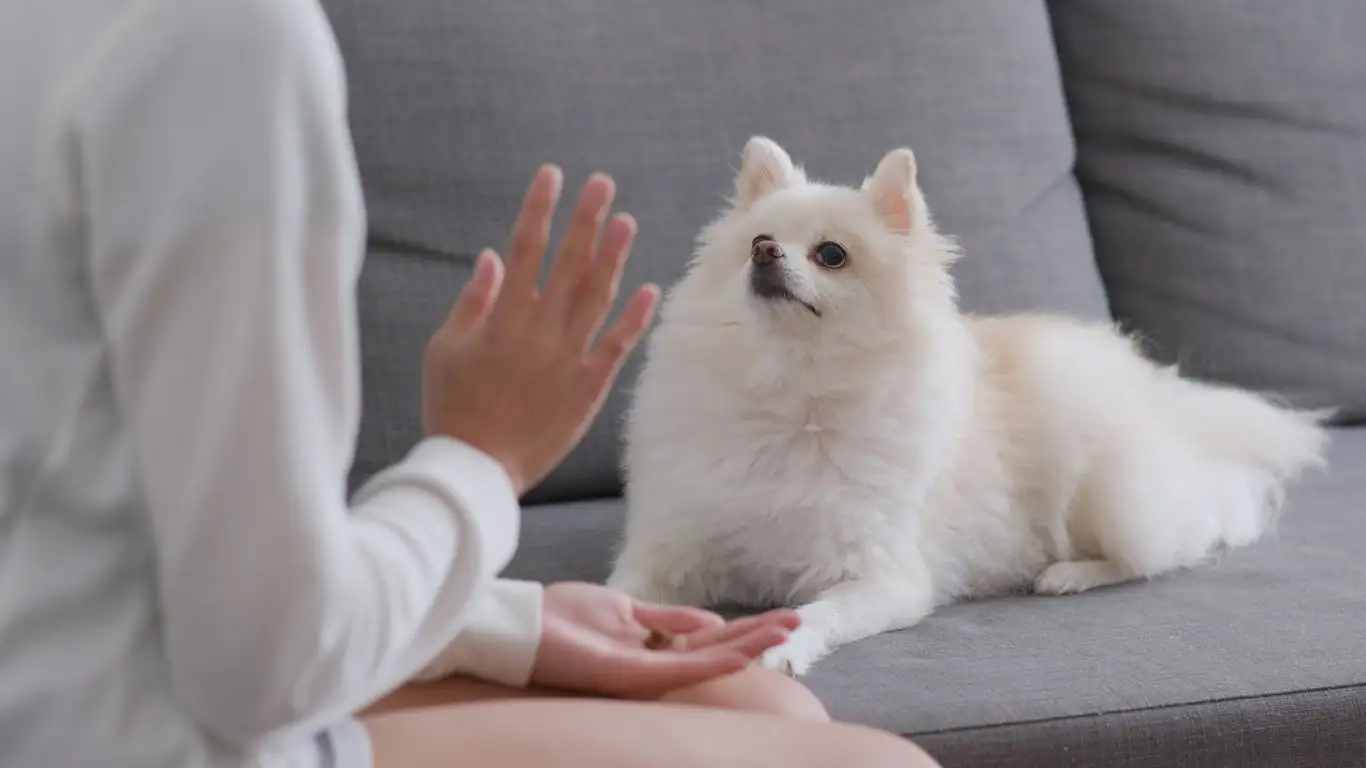
Training your dog to relax at coffee shops isn’t always going to be a straight path—there will be bumps along the way. Maybe your dog has an off day, or a loud noise sends them into a barking frenzy. That’s okay! Remember, setbacks are part of the process, not signs of failure.
One of my favorite things to remind clients is that progress isn’t always linear. I’ve had dogs who were doing beautifully one week and then regressed a bit the next. For example, one of my client’s Golden Retrievers, Sophie, was doing great in the café, lying calmly at her owner’s feet. Then one day, a loud blender noise startled her, and she couldn’t settle. We took a few steps back, adjusted our training to include more desensitization work, and came back stronger the next week.
Be Prepared for a Few Setbacks
It’s completely normal for dogs to have moments where they seem to forget their training. These setbacks are usually just signs that your dog needs a bit more exposure, more time, or maybe just a mental reset. Here’s what I recommend:
- Don’t rush it: If your dog is struggling with a particular trigger, slow down the pace and revisit earlier steps.
- Keep sessions short: If your dog gets overwhelmed, cut the session short and end on a positive note.
- Stay patient: Dogs pick up on our frustrations, so take a deep breath and remember that consistency is key.
In my experience, dogs bounce back from setbacks quicker when they have a consistent routine and plenty of positive reinforcement to remind them that calm behavior brings rewards.
How to Keep Your Dog Engaged and Motivated During Training
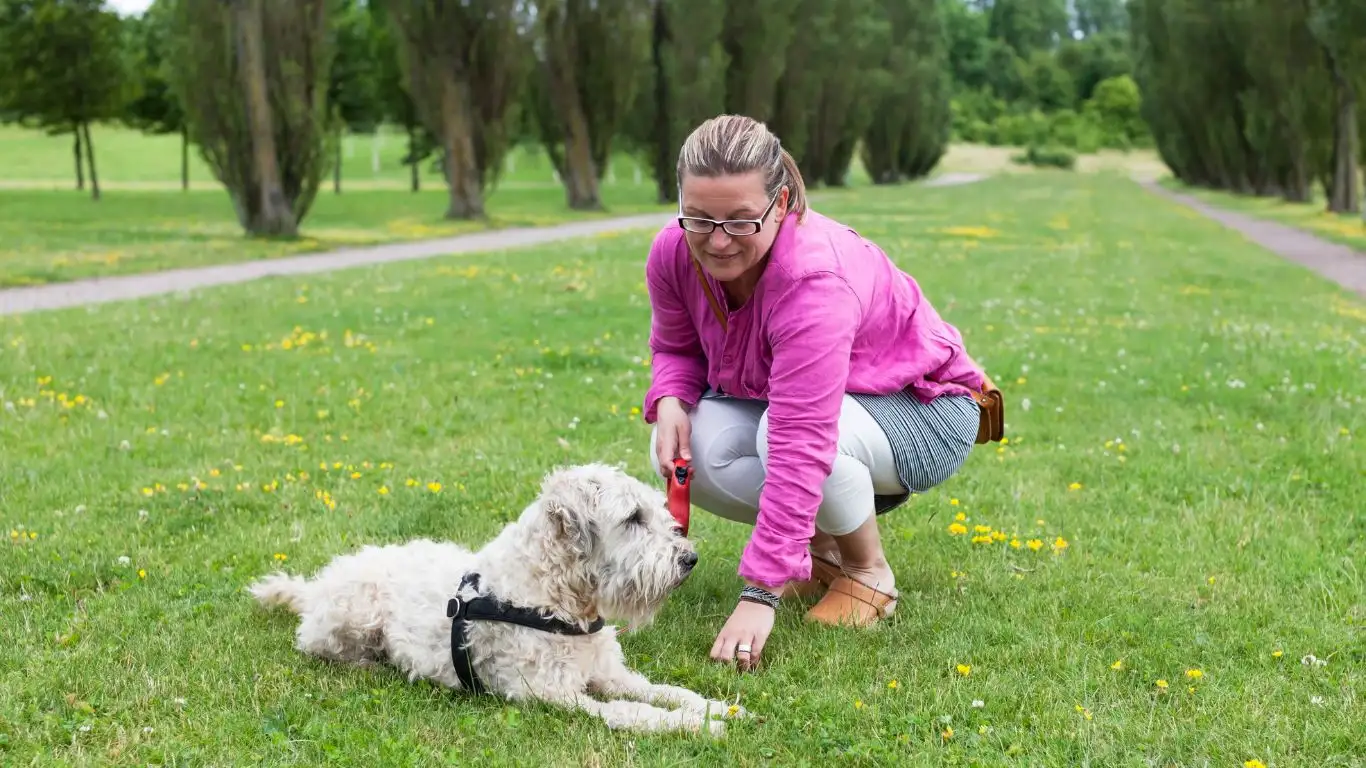
Keeping your dog engaged during the training process is crucial. Dogs, especially younger ones, can get bored easily if the training doesn’t feel exciting or rewarding enough. As a trainer, I’ve found that varying the rewards and using different methods to keep things interesting really helps maintain motivation. Here’s how to keep your dog excited about training at coffee shops:
Mix Up the Rewards
When I first started training dogs for public places, I stuck to the same reward system: a few treats and maybe some praise. But over time, I realized that dogs can get used to rewards and lose interest if they’re too predictable. Mix it up! Use a variety of rewards, such as:
- Treats: Always the go-to reward. But make sure they’re high-value (think cheese, chicken, or something your dog loves).
- Verbal Praise: Lots of “Good job!” or “What a great pup!” to let them know they’ve done something right.
- Playtime: If your dog loves toys, consider using a quick game of tug or fetch as a reward.
Changing the type of reward you give based on the situation keeps your dog on their toes and looking forward to the next successful café visit.
Incorporate Fun Training Games
While at the coffee shop, make training fun by incorporating games like “Find the Treat” or “Sit-Stay with Distractions.” These games can help keep your dog mentally stimulated while reinforcing the behaviors you’re working on. For example, you can hide a few treats under cups or on the ground, and once your dog sits or lies down on their mat, they can find the treat as their reward.
These fun activities make your dog’s training sessions more engaging and show them that training can be a fun part of their day, not just a boring task. It helps create positive associations with public outings, and your dog will be motivated to participate in future café visits.
Building a Long-Term Habit
Training a dog to relax at coffee shops doesn’t happen overnight, but with consistency, it can become a permanent part of your dog’s behavior. Over time, your dog will get used to the coffee shop environment, and soon enough, their mat will become their go-to chill spot whenever you stop for a latte.
Make Café Visits a Regular Part of Your Routine
One of the best ways to solidify your dog’s calm behavior in coffee shops is to make these outings a regular part of your routine. I suggest taking your dog to a café every week or even a couple of times a week, depending on your schedule. Consistency is key for reinforcing positive behaviors. Plus, regular exposure ensures that your dog will have more opportunities to generalize their training to different settings and situations.
Encourage Positive Socialization
Encourage positive social interactions with other dogs and people, but don’t force them. Some dogs love meeting new people, while others prefer to keep to themselves. Let your dog choose the level of socialization they’re comfortable with. I’ve found that dogs who are allowed to choose their social interactions are generally much more relaxed in public settings.
Take it slow and respect your dog’s preferences. Over time, they’ll feel more at ease with the bustling café atmosphere, and you’ll be able to enjoy your coffee while they relax calmly by your side.
Disclaimer
The information shared in this article is based on personal experience and general training principles. Every dog is unique, and training may vary based on individual needs, temperament, and behavior. If you encounter persistent behavioral issues, I recommend seeking advice from a professional dog trainer or behaviorist. Always ensure the safety and well-being of your dog during training, and make adjustments as needed to best suit your dog’s temperament and comfort level. For more information, visit trusted resources such as AKC or PetMD.
